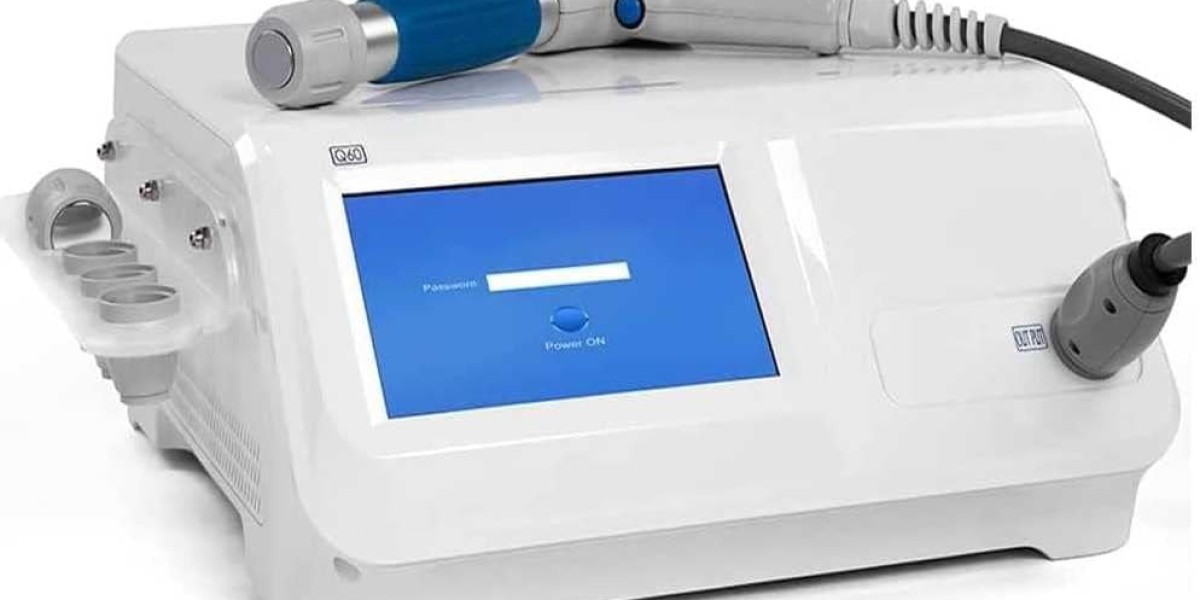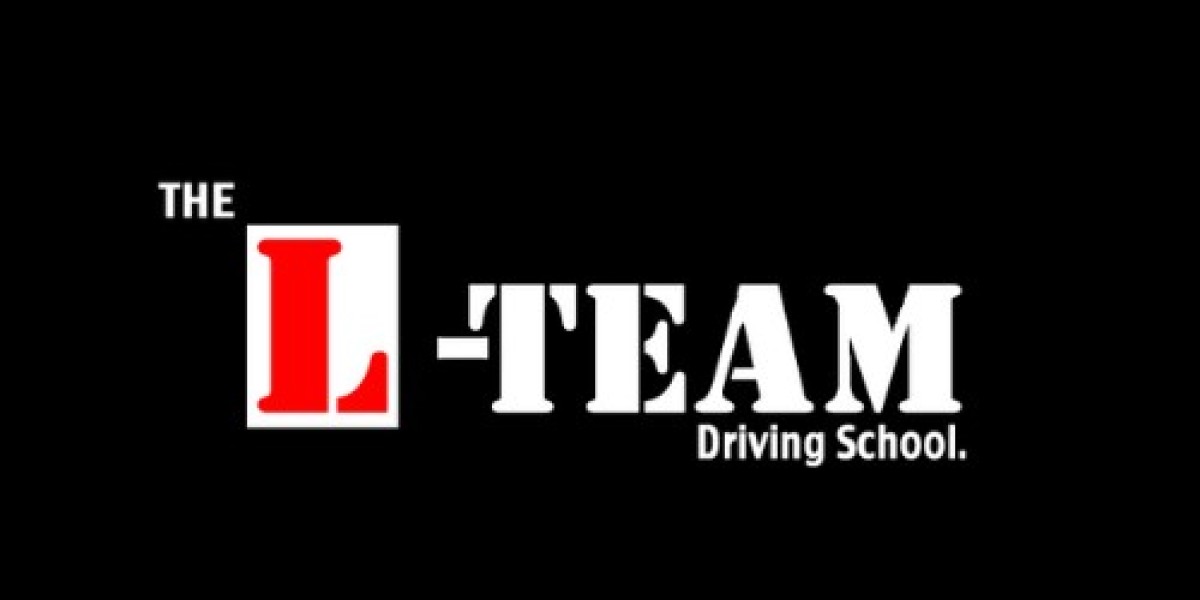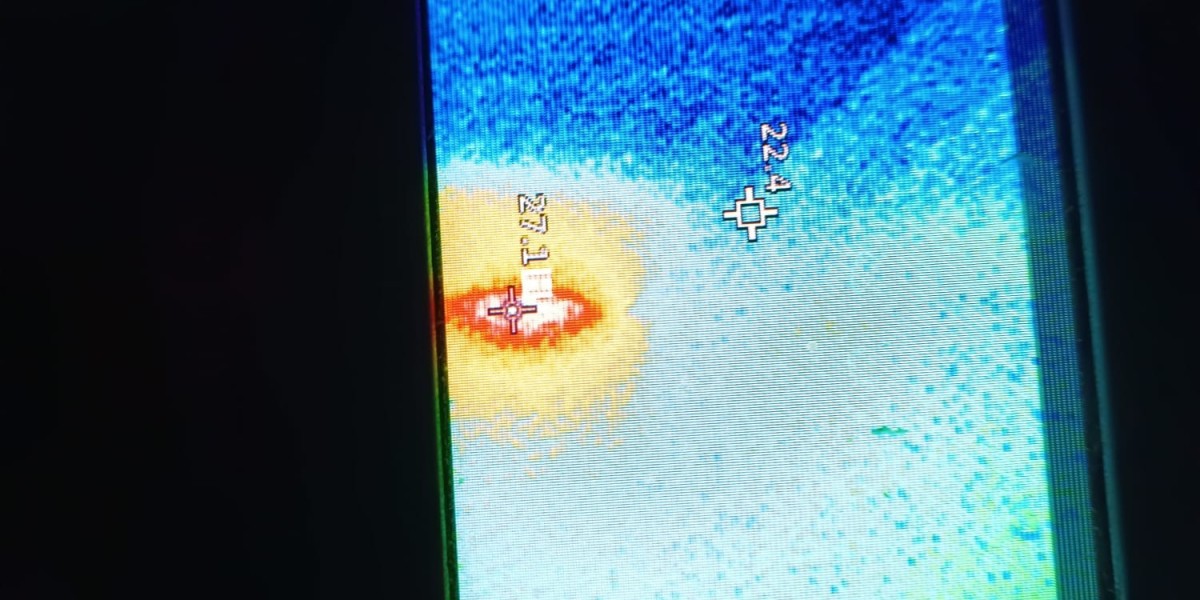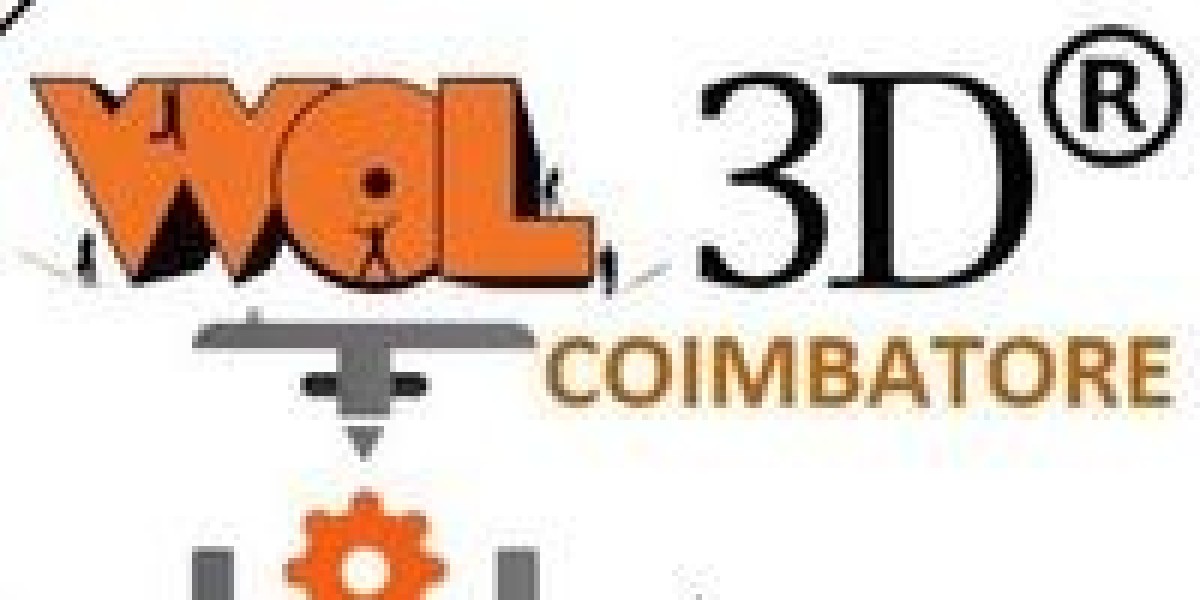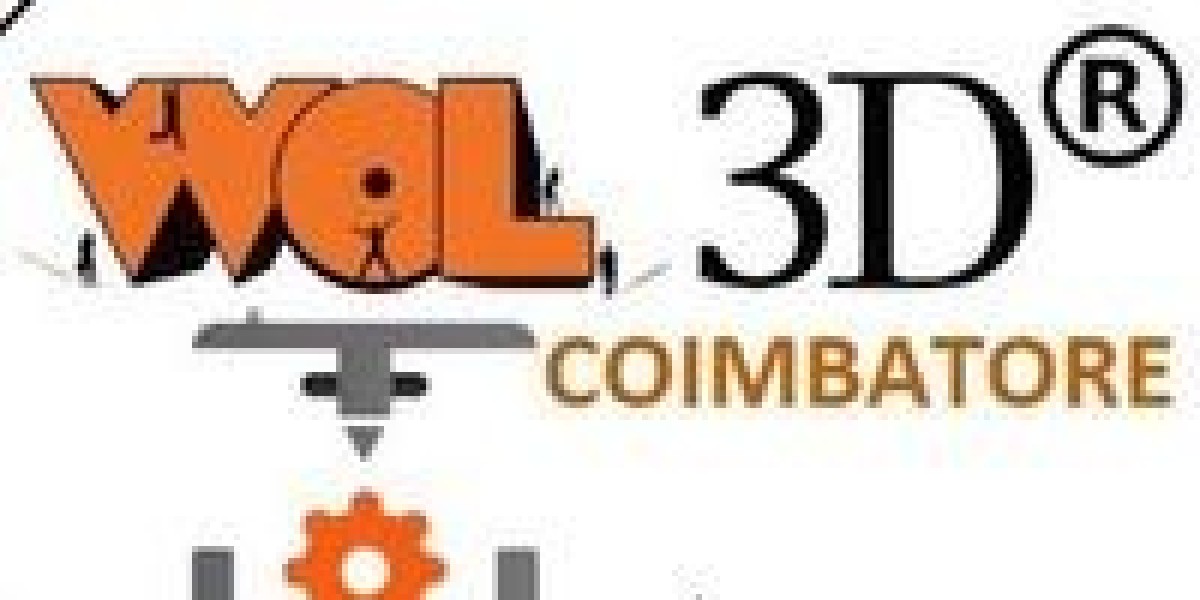Introduction
Shock wave therapy is a non-invasive medical treatment that uses high-energy acoustic waves to stimulate healing in the body. It is commonly used to treat a variety of musculoskeletal conditions, such as tendonitis, plantar fasciitis, and tennis elbow. Shock wave therapy devices are the instruments used to deliver these acoustic waves to the affected area.
Market Overview
The shock wave therapy devices market has been experiencing significant growth in recent years. In 2023, the market size reached USD 1.75 billion, and it is expected to grow at a compound annual growth rate (CAGR) of 7.7% during the forecast period of 2024-2032. This growth can be attributed to the rising demand for physiotherapy services worldwide, driven by an aging population and an increasing number of sports-related injuries.
Shockwave Therapy Devices Market Dynamics
Competitive Landscape
The shock wave therapy devices market is highly competitive, with several key players dominating the industry. Some of the leading companies in the market include BTL Medical Technologies s.r.o., Zimmer MedizinSysteme GmbH, Dornier MedTech GmbH, and Electro Medical Systems S.A. These companies are known for their innovative products and strong market presence.
BTL Medical Technologies s.r.o. is a leading manufacturer of shock wave therapy devices, with a wide range of products for various medical applications. Zimmer MedizinSysteme GmbH is another key player in the market, known for its high-quality products and focus on customer satisfaction. Dornier MedTech GmbH and Electro Medical Systems S.A. are also prominent players in the market, with a strong presence in Europe and North America.
Get a Free Sample Report with Table of Contents - https://www.expertmarketresearch.com/reports/shock-wave-therapy-device-market/requestsample
Market Segmentation
Market segmentation is the process of dividing a market into distinct groups of buyers who have different needs, characteristics, or behaviors that might require separate marketing strategies or approaches. In the context of the shock wave therapy devices market, segmentation can be done based on several factors, including:
Product Type: The market can be segmented based on the type of shock wave therapy devices. This can include focused shock wave therapy devices, which are used for targeted treatment of specific areas, and radial shock wave therapy devices, which are used for broader applications.
Application: Another way to segment the market is based on the application of the devices. Shock wave therapy devices are used for a variety of medical conditions, including orthopedic, urology, cardiology, and dermatology. Segmenting the market based on application helps manufacturers tailor their products to meet the specific needs of each medical specialty.
End User: The market can also be segmented based on the end user of the devices. This can include hospitals, clinics, ambulatory surgical centers, and physiotherapy centers. Understanding the needs and preferences of different end users can help manufacturers target their marketing efforts more effectively.
Geography: Geographical segmentation involves dividing the market based on geographical regions, such as North America, Europe, Asia-Pacific, and the Rest of the World. This type of segmentation takes into account the different healthcare systems, regulatory environments, and patient demographics in each region.
Overall, market segmentation is an important tool for manufacturers in the shock wave therapy devices market to identify and target specific customer groups, understand their needs, and develop products and marketing strategies that are tailored to those needs.
Regional Analysis
The shock wave therapy devices market is segmented into various regions, including North America, Europe, Asia-Pacific, and the Rest of the World. North America is the largest market for shock wave therapy devices, followed by Europe and Asia-Pacific. The market in North America is driven by the high prevalence of musculoskeletal disorders and the presence of a well-established healthcare infrastructure.
Market Trends
One of the key trends in the shock wave therapy devices market is the development of technologically advanced devices. Manufacturers are focusing on introducing devices with improved efficiency and patient comfort. Another trend is the increasing adoption of shock wave therapy for a wide range of medical conditions, beyond musculoskeletal disorders. This includes applications in urology, cardiology, and dermatology.
Challenges and Opportunities
Despite the growth opportunities, the shock wave therapy devices market faces several challenges. One of the main challenges is the high cost of shock wave therapy devices, which can limit their adoption, especially in developing countries. Regulatory hurdles and reimbursement issues are also significant challenges for market growth.
However, there are several opportunities for market growth. The expanding applications of shock wave therapy, particularly in emerging markets, present significant growth opportunities for manufacturers. Additionally, the increasing awareness about the benefits of shock wave therapy among healthcare professionals and patients is expected to drive market growth in the coming years.
Media Contact:
Company Name: Claight Corporation
Contact Person: Jhon Roy, Business Consultant
Email: [email protected]
Toll Free Number: US +1-415-325-5166 | UK +44-702-402-5790
Address: 30 North Gould Street, Sheridan, WY 82801, USA
Website: www.expertmarketresearch.com
